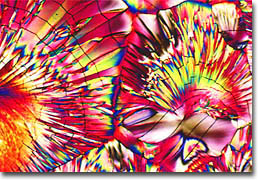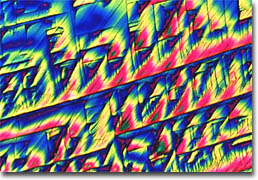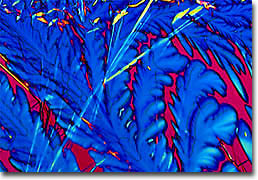|
Hormones are at the center of control for a myriad of biochemical reactions and metabolism. Indeed, the name of the substances is fittingly derived from the Greek word horman, meaning "to set in motion." These chemical messengers act primarily by inducing or repressing enzyme regulation and the synthesis of enzymes. The mechanism of action of hormones was first delineated by the work of Earl Sutherland and Edwin Krebs, studying the actions of epinephrine. Epinephrine does not actually enter the cells that it affects, but instead triggers a biochemical response by binding to receptor sites on the cellular surface, setting into motion a series of biochemical events. These intracellular events are the result of a second messenger, another small molecule called cyclic AMP (cAMP) that stimulates enzyme production. Today, we know that essentially all hormones act as a first messenger by binding to specific receptor sites on a cell surface to trigger the induction of a series of events, although they do not always involve a second messenger.

Estradiol
Many chemicals mimic steroid hormones and bind to the natural cellular receptors for these biochemicals. The potent synthetic estrogen diethylstilbestrol is an example of a hormone agonist, an analogue of a steroid that binds productively to a receptor and simulates the action of the endogenous hormone. This compound is about 10 times more potent than other natural estrogens, and it has been widely used in purifying and characterizing cellular estrogen receptors. The synthetic hormone has also been used to stimulate growth of beef cattle and was extensively prescribed to prevent miscarriages in pregnant women from the 1940s to the 1970s. Unfortunately, diethylstilbestrol has been found to have some carcinogenic activity, which has severely limited its uses in humans and animals. Many other hormone mimics have been of significant concern as well and are often implicated in development and reproductive abnormalities found in wildlife, though their effects on humans are often considered somewhat more ambiguous. In fact, certain chemicals that mimic hormones continue to be utilized extensively by humans, especially in the treatment of medical disorders and as components of oral contraceptives.

Estrone
A great number of hormones have been identified in the human body and have been found to be secreted by a number of different organs. Hormone-producing organs are typically considered to be part of the endocrine system, which in mammals is chiefly comprised of the thyroid, pituitary, parathyroid, and adrenal glands as well as the ovaries, testes, pancreas, hypothalamus, and sections of the gastrointestinal tract. Traditionally, the hormones produced by the endocrine system have been viewed as blood-borne secretions that leave their organ of origin and travel through the circulatory system to reach target cells. However, some hormones have been found to bypass this blood distribution routine and are instead diffused across the membranes of cells. Moreover, hormones that do travel through the blood are not usually able to do so freely. Most of the chemical messengers, including all of the steroid hormones, which are extremely hydrophobic, are carried through the circulatory system bound to a special variety of plasma proteins.

Testosterone
Proper hormone production and balance is extremely important to humans, and any problems with the endocrine system can have pronounced effects. For example, if the thyroid gland produces excessive amounts of hormones, the result is hyperthyroidism, a condition characterized by elevated heart rate and blood pressure, tremors, nervousness, weight loss, bulging eyes, and goiter. Contrariwise, a sluggish thyroid gland may secrete only exceedingly low levels of hormones, leading to hypothyroidism, the symptoms of which include weight gain, decreased heart rate, slowed speech, dry skin, and hair loss. Another good example of the importance of hormonal balance in the body is the growth hormone produced by the pituitary gland. If too much of the hormone is secreted, the body continues to grow past its normal dimensions, sometimes resulting in gigantism. In instances of too little growth hormone, however, normal development is impeded, which is occasionally the cause of dwarfism. Diabetes mellitus, Cushing's syndrome, and adrenal insufficiency are a few of the many other hormone-related disorders that have been identified.

Diethylstilbestrol
Similar to animals, plants have a hormonal system that helps regulate their physiological activities and aids in the maintenance of homeostasis. Generally, the hormones plants produce are considered to be divided into five major classes: auxins, cytokinins, gibberellins, abscisic acid, and ethylene. Although studies are ongoing, scientists have uncovered a significant amount of information about these substances and have in some cases found ways to adapt them for human agricultural use. Auxins, for instance, are hormones involved in the maintenance of apical dominance, ensuring that lateral buds of a plant do not begin to grow unless the apex of a shoot is detached. Synthetic auxins that have been developed following years of research of natural varieties are exploited for an array of purposes but are chiefly utilized as herbicides since at high concentrations they often trigger uncoordinated growth and eventual death. Other examples of plant hormones being taken advantage of by man include the gaseous hormone ethylene, which can be used to ensure that crops ripen simultaneously in order to simplify harvesting, and the cytokinins, which promote cell division and are used in the field to control the growth of fruit and in the laboratory as a component of tissue culture media.
|




